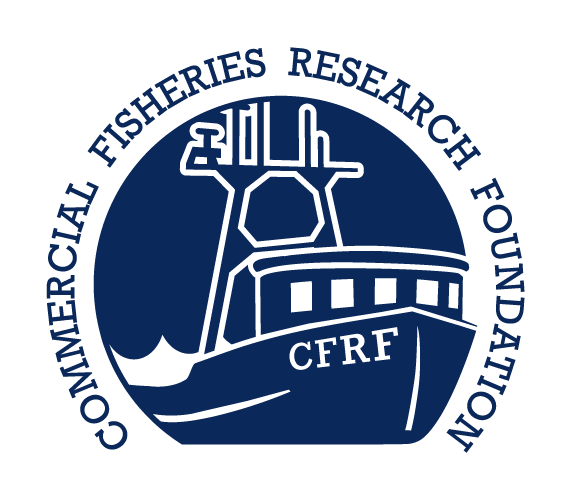Ghost Gear Monitoring Study
general description:
This study is part of a larger project led by the University of Rhode Island and in collaboration with INSPIRE Environmental, the Scripps Institution of Oceanography at the University of California, San Diego, and the Woods Hole Oceanographic Institution.
The goals of this study are to:
Monitor and assess the interaction of marine organisms with ghost gear to determine how long lost or abandoned traps will fish
Determine which species are caught by ghost gear over time
Pilot underwater video as a tool to collect data on the behavior of target and bycatch species associated with ghost gear.
The 2025 CFRF Summer Intern, Sierra Richardson, created a storymap about this project as part of her internship. Scroll through the storymap below to learn more about the project and then read on for project updates!
Project Updates:
The Gear has been Set!
The Ghost Gear Monitoring Project was launched on March 22nd, 2025. Three sites were chosen in Narragansett Bay to set mock ghost trap trawls, which are being monitored monthly with an experimental mobile submersible camera system. The traps were baited and set to simulate lost active gear.
Two yellow ghost panels adorn the door and parlor of each trap, providing a more visible target for the underwater camera. Ghost panels, as well as escape vents, are equipped with biodegradable hog rings, designed to rust away and release the panel or vent, letting animals escape. Monitoring the status of these ghost panels, assessing biofouling, the species captured, and the overall status of the traps themselves are all variables being studied using the submersible camera. Captains Lanny Dellinger, F/V Megan & Kelsey of Newport, RI, and Derek Pascale, F/V Cristina Faith of Pt. Judith RI have been contracted by CFRF to work on the project.
Mobile Camera System
The camera system, conceived and constructed by Captain Lanny Dellinger, is an idea built upon the experience of commercial fishermen and scientific research. The camera is connected to an umbilical cable that feeds back to a monitor screen and video recording system.
A sled to hold the camera and support two underwater lights has been fabricated to meet the specific needs of the system. The sled is clamped to a bull rake stale, which is maneuvered by a CFRF staff member during the survey. The current bull rake stale set up is capable of reaching a depth of 40’ on a vertical trajectory. A tag line bridled to the top of the sled adds maneuverability, and stability when tied off.
Spring Surveys
Spring sampling proved challenging, with algae blooms hindering camera visibility. As the seasons change, we hope to gain water clarity and get clearer footage.
We’ve also already learned lessons along the way. For example, high-visibility numbers were added to each trap, and extra buoys were added to the trawls to help reduce the search area and pinpoint exactly where traps are located. Nine temperature sensors were also added to the gear.
At one of our sets, ghost gear was found entangled in the groundline of the trawl we were hauling back. We contact RIDEM and got permission to bring the ghost gear ashore for proper disposal. We look forward to continuing this project over the summer and will keep you updated!






